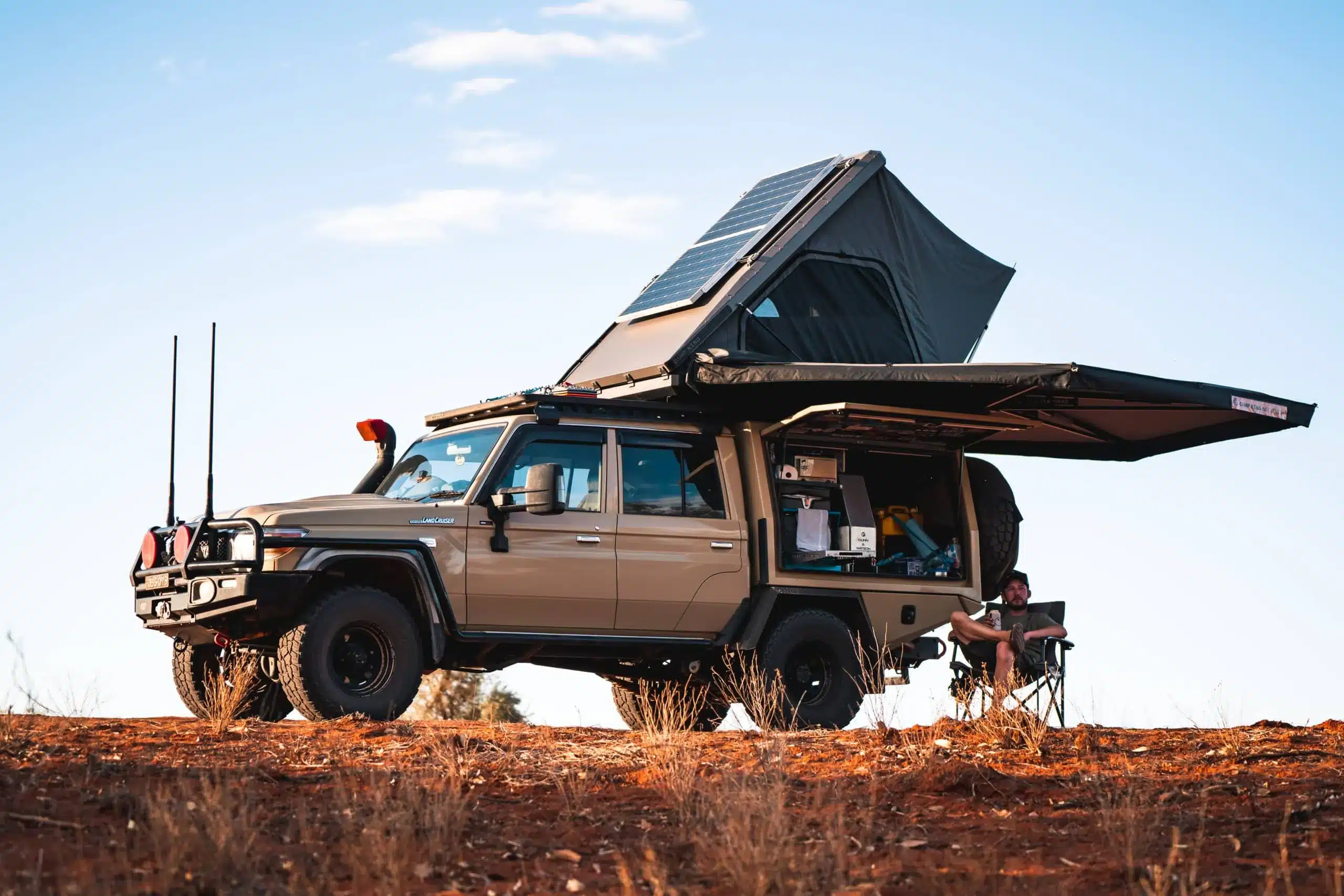
Free monthly entries to ALL giveaways
+1 every month
+5 every month
+10 every month
5%
125
150
350
100
100
50
Cancel membership anytime
Terms apply
apply

Written by
Admin
Published
August 20, 2024
Off-roading in Australia is not just an activity, it’s a way of life for many adventure seekers. From the rugged Outback trails to the tropical rainforests and coastal dunes, Australia offers an incredible variety of off-road terrains to explore. However, the country’s diverse climate can pose significant challenges for off-road enthusiasts. Understanding Australia’s climate and how it impacts off-roading conditions is essential for a safe and enjoyable experience. In this detailed article, we delve into the specifics of Australia’s weather patterns and their implications for off-roading adventures.
Australia is a land of many climates, and this makes preparation crucial for any off-road adventure. The country can be roughly divided into several climatic zones, each with unique weather patterns and off-roading considerations:
Proper preparation is key to a successful off-roading trip in Australia’s varied climates. Here are some essential safety considerations:
Climate can significantly transform off-roading experiences in Australia, presenting adventurers with a mix of hazards and thrilling challenges. By understanding and respecting the country’s dynamic weather, you can embark on off-road adventures that are both safe and rewarding. Keep an open mind to evolving conditions and remember that in the face of Australia’s powerful climate, preparation and flexibility are your best allies.